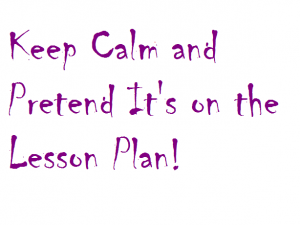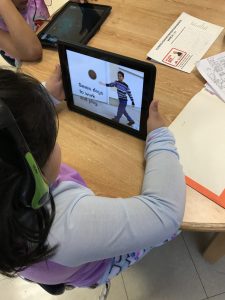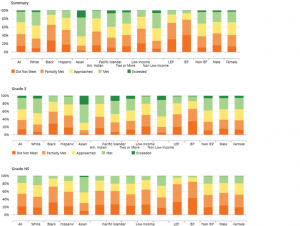I just crawled through an article on WebMD, intended to help parents guide their ADHD children to develop better study habits. I’d say the article is useful for almost all parents and for teachers as well. All children may not struggle with ADHD, but I’d venture that all children have ADHD moments. That’s part of being a kid. You get excited. You get distracted. You focus on lunch or the new girl instead of the triangles in front of you.
The URL is http://www.webmd.com/add-adhd/childhood-adhd/ss/slideshow-adhd-study-habits?ecd=wnl_day_083015&ctr=wnl-day-083015_nsl-ld-stry&mb=UT0EfRiJlerLe8Nl%2f6BrJGdEpmNqbUHLZTN%2fwNIxCow%3d and I would suggest you might use this to create a cheat sheet for parents. If nothing else, you can pass along the URL.
One screen struck me as especially useful for new teachers. Screen 14 of 15, titled “Mention the Obvious,” can be applied to students in classrooms everywhere.
“When helping your child do her homework, include steps that might seem obvious to you. For instance, the last two steps should always be “put your homework in your folder” and “put your folder in your backpack.” The more specific you are when giving instructions, the better.
Eduhonesty: At the end of the hour, you may assume students will automatically put their homework in places where they will be able to locate it later. That’s a bold assumption. Some students will, but others won’t. It never hurts to say, “Now put that homework in your blue folder and put your folder in your backpack. Put the folder in a location where you will be able to find it when you get home. Do not forget to take your Fungus book home. You will need that book to do the homework.” If you see those students at the end of the day, check that they did as instructed.
“Is your homework in your backpack in your blue folder? Along with the fungus book?”
You will never be the worse for giving “extra” instructions. Spelling out all the little details step-by-step will simplify your life. Some kids are organization naturals, automatically arranging and rearranging folders for the joy of putting their desks in order, but most struggle with this life step, especially when they first hit middle school. I recommend regular, specific reminders worked into the end of activities. Break it down into steps, at least at first.
P.S. Don’t wait months to clean the lockers, either.  By November, so many microbes can be growing on that half a mystery meat sandwich that you may want to call a Hazmat team to help you with little “Albert’s” locker. Toward that end, you will thank yourself if you add rubber gloves to the classroom supply list you are probably buying for yourself right about now.
By November, so many microbes can be growing on that half a mystery meat sandwich that you may want to call a Hazmat team to help you with little “Albert’s” locker. Toward that end, you will thank yourself if you add rubber gloves to the classroom supply list you are probably buying for yourself right about now.


 P.S. If emergencies are happening regularly, however, I suggest asking a friend to help you organize and revamp your system.
P.S. If emergencies are happening regularly, however, I suggest asking a friend to help you organize and revamp your system. 